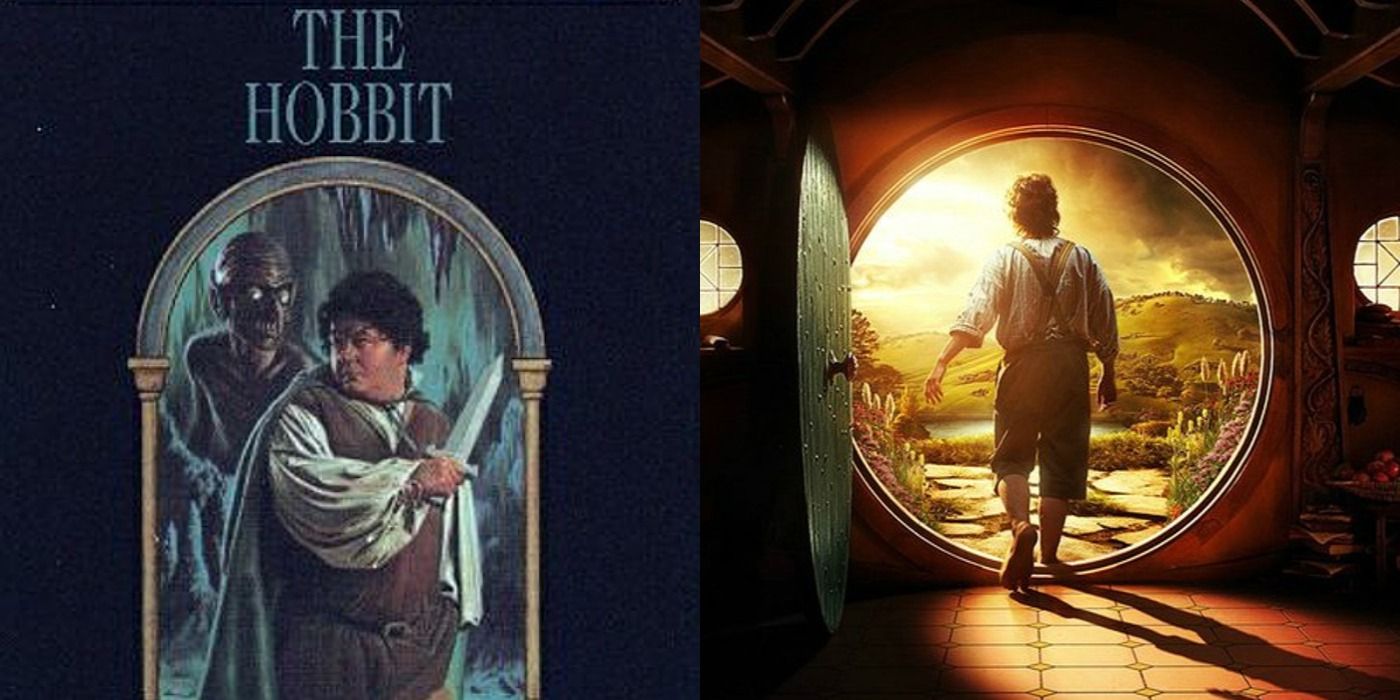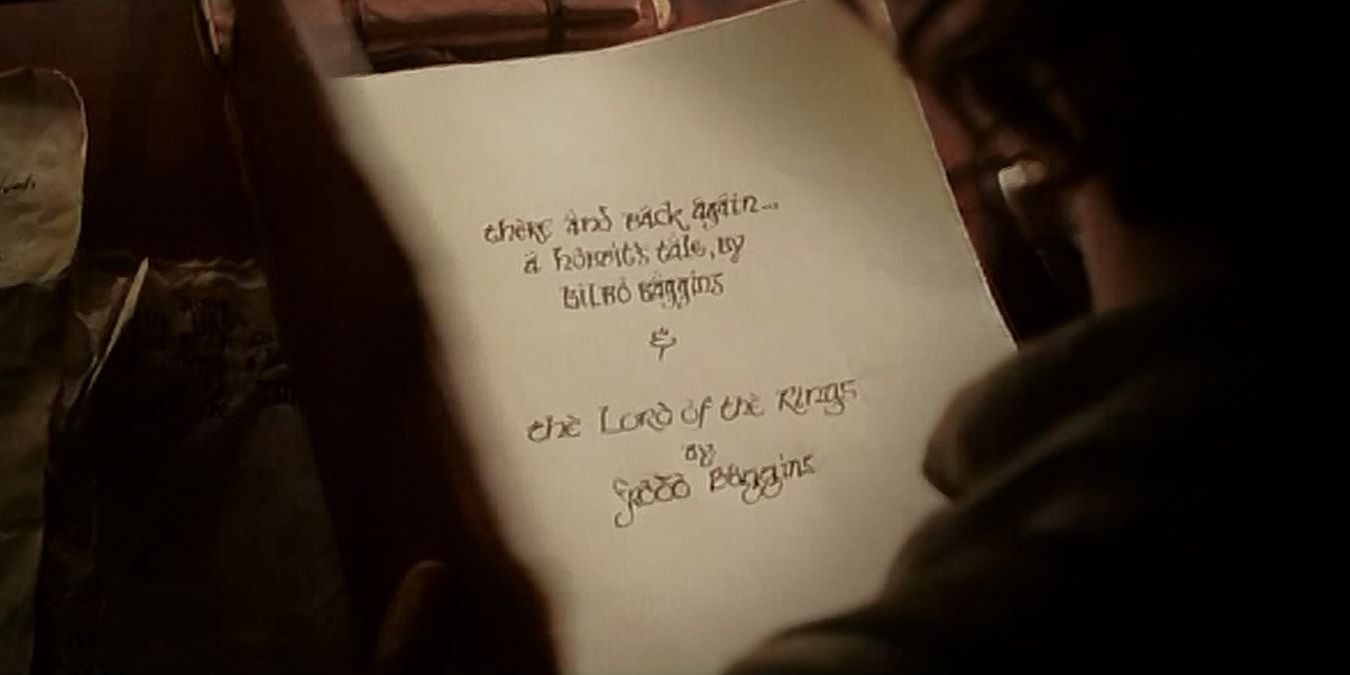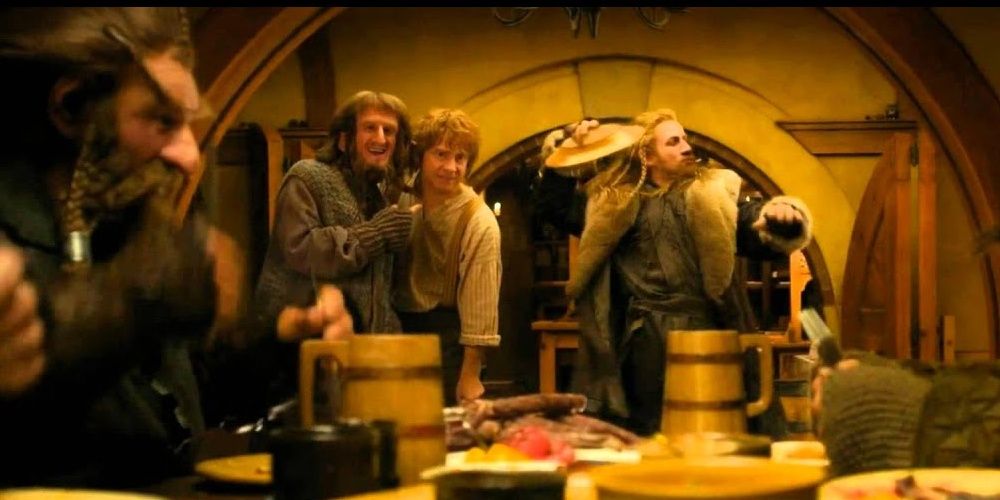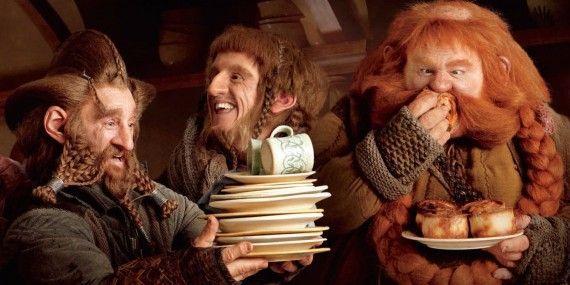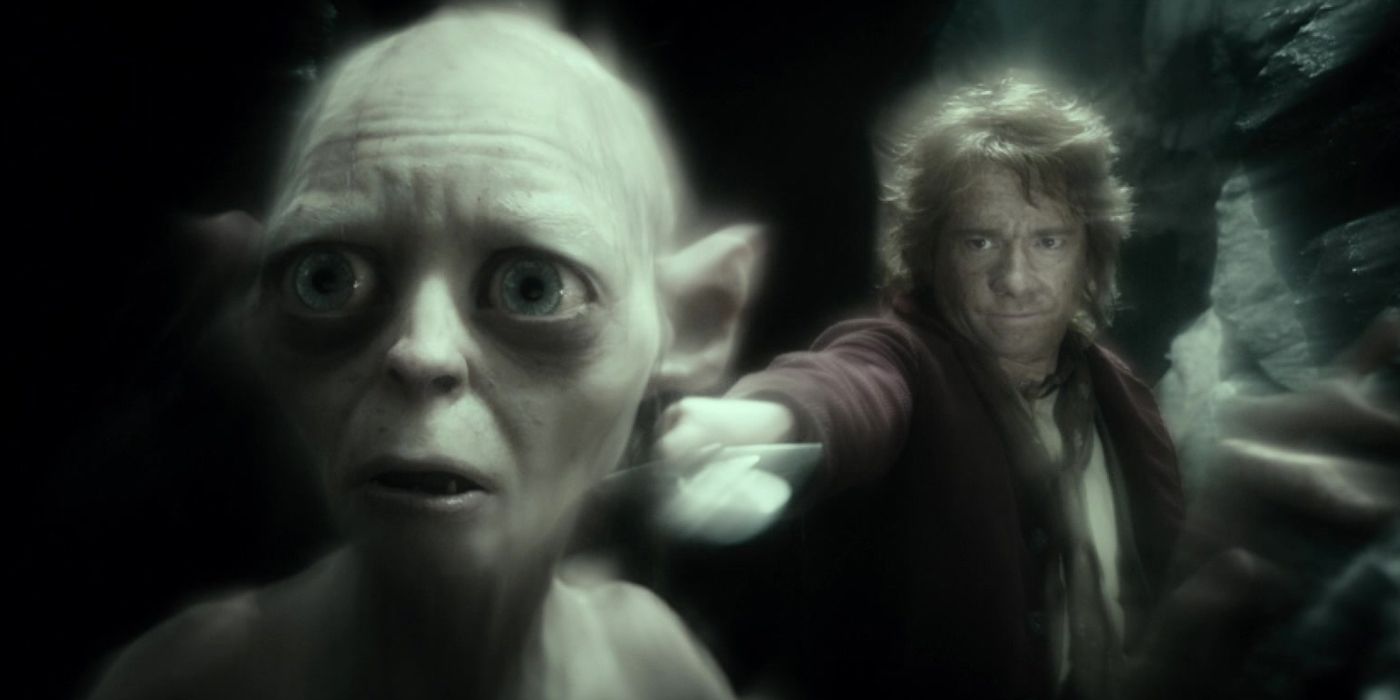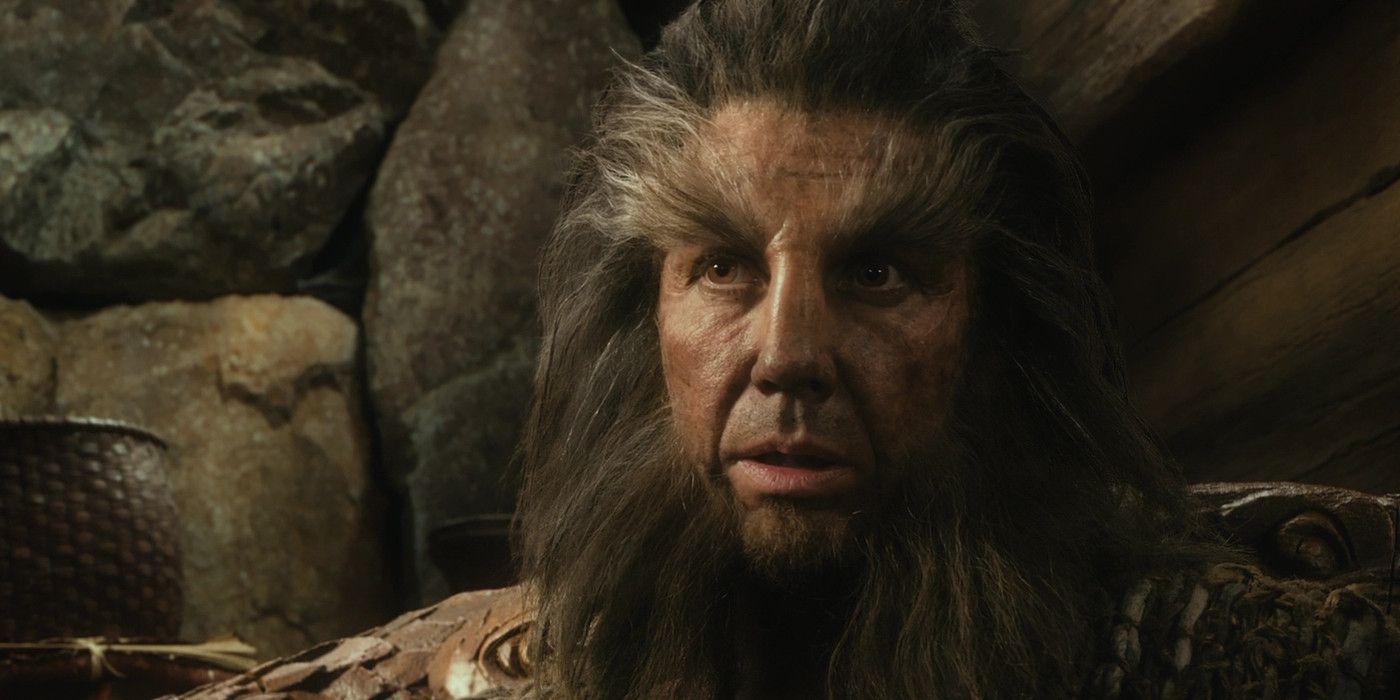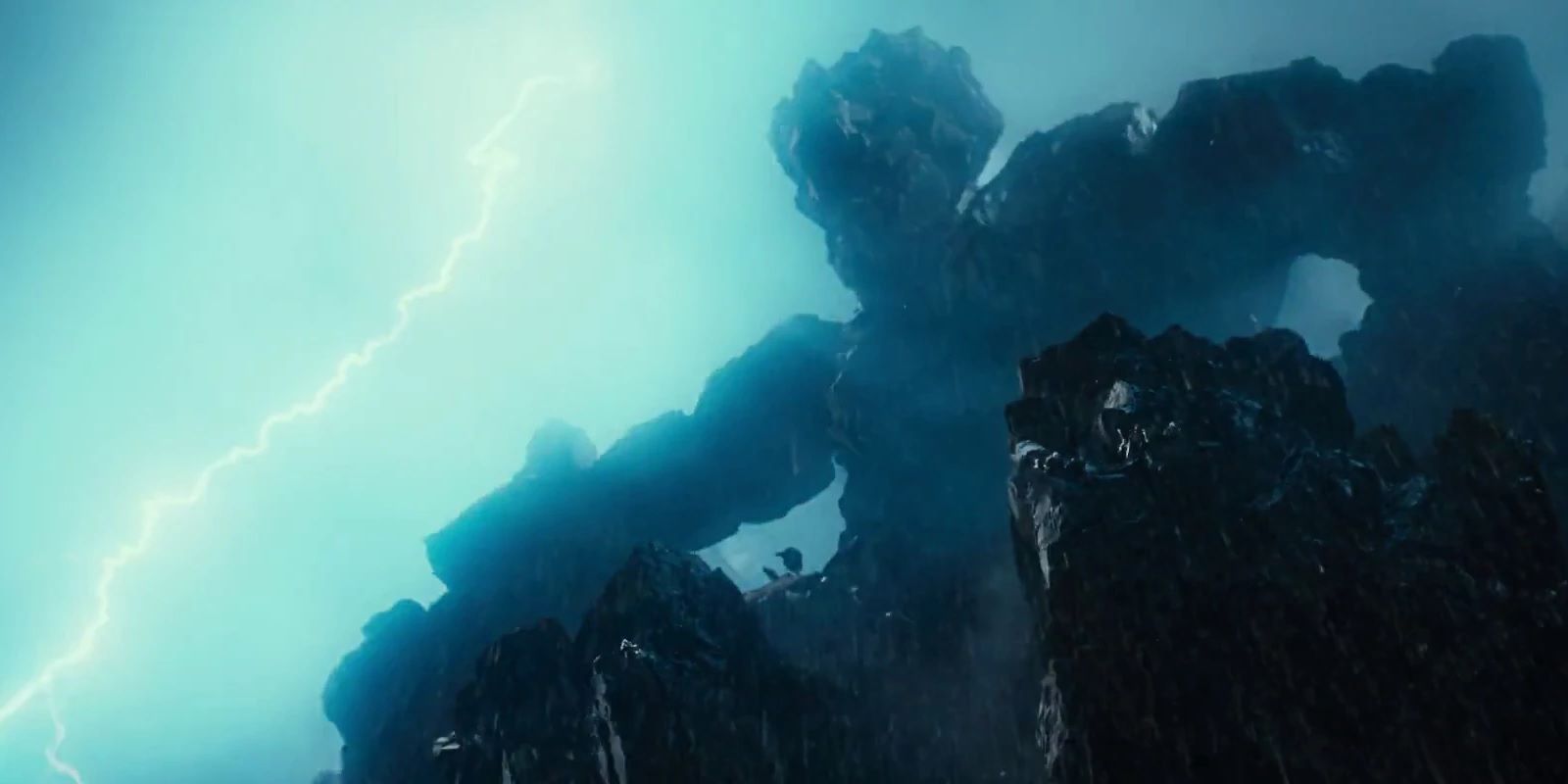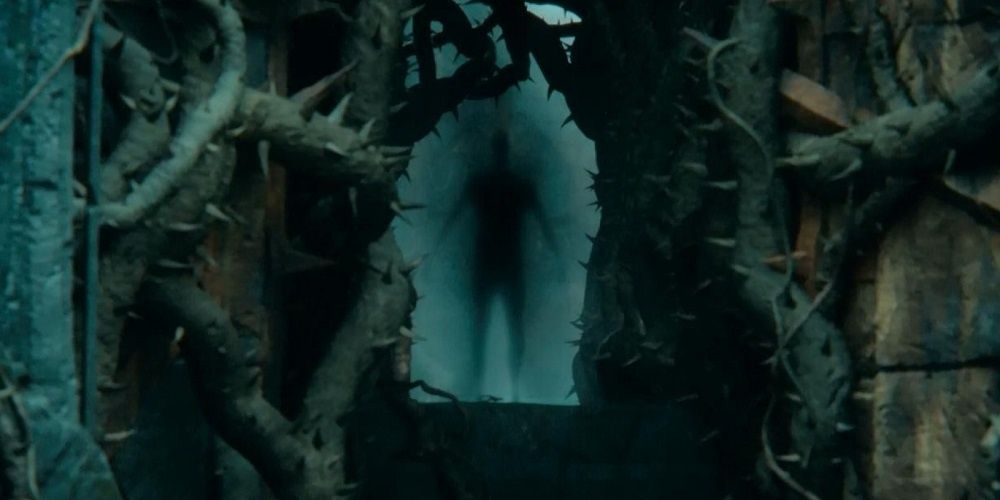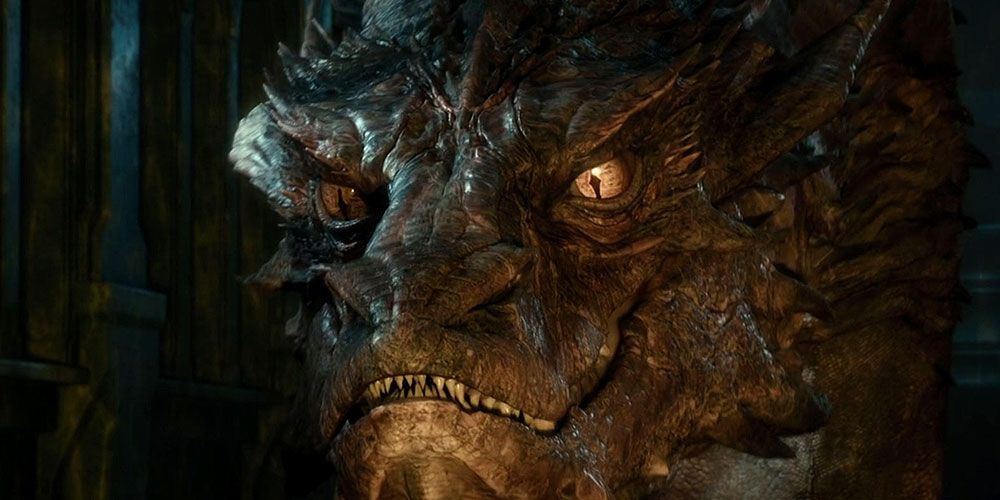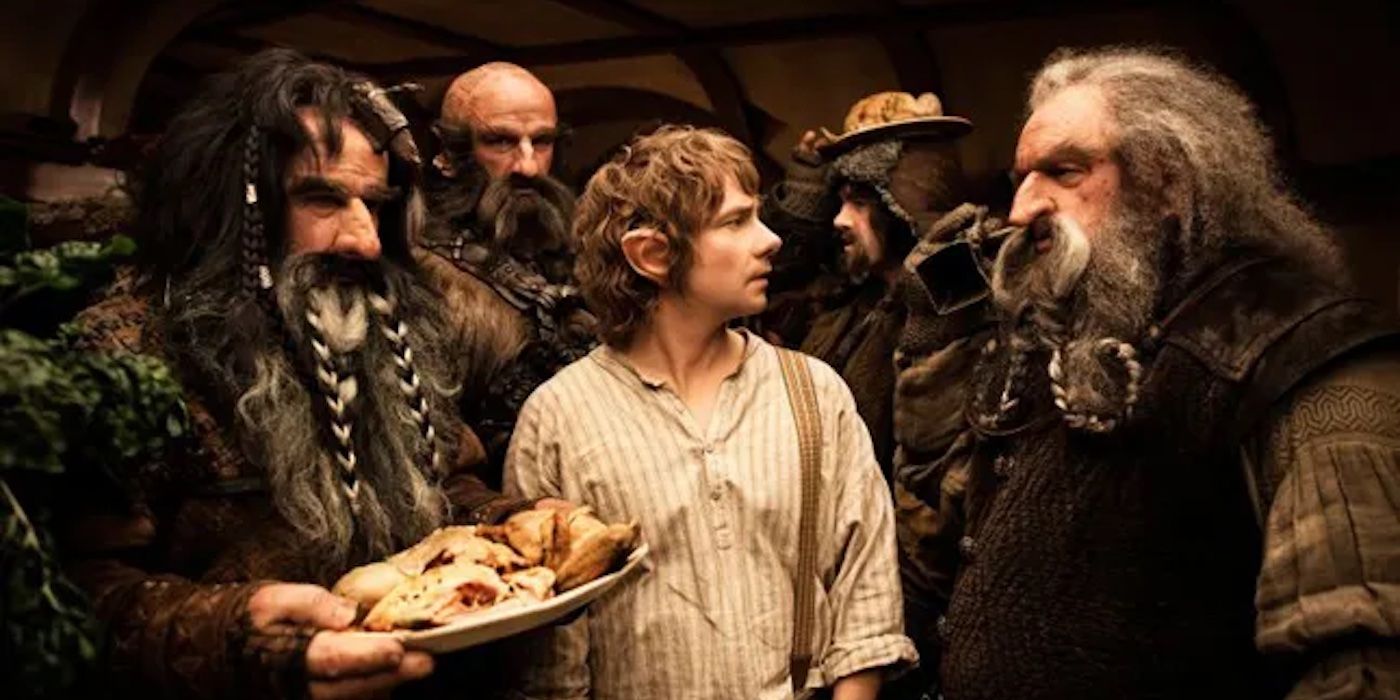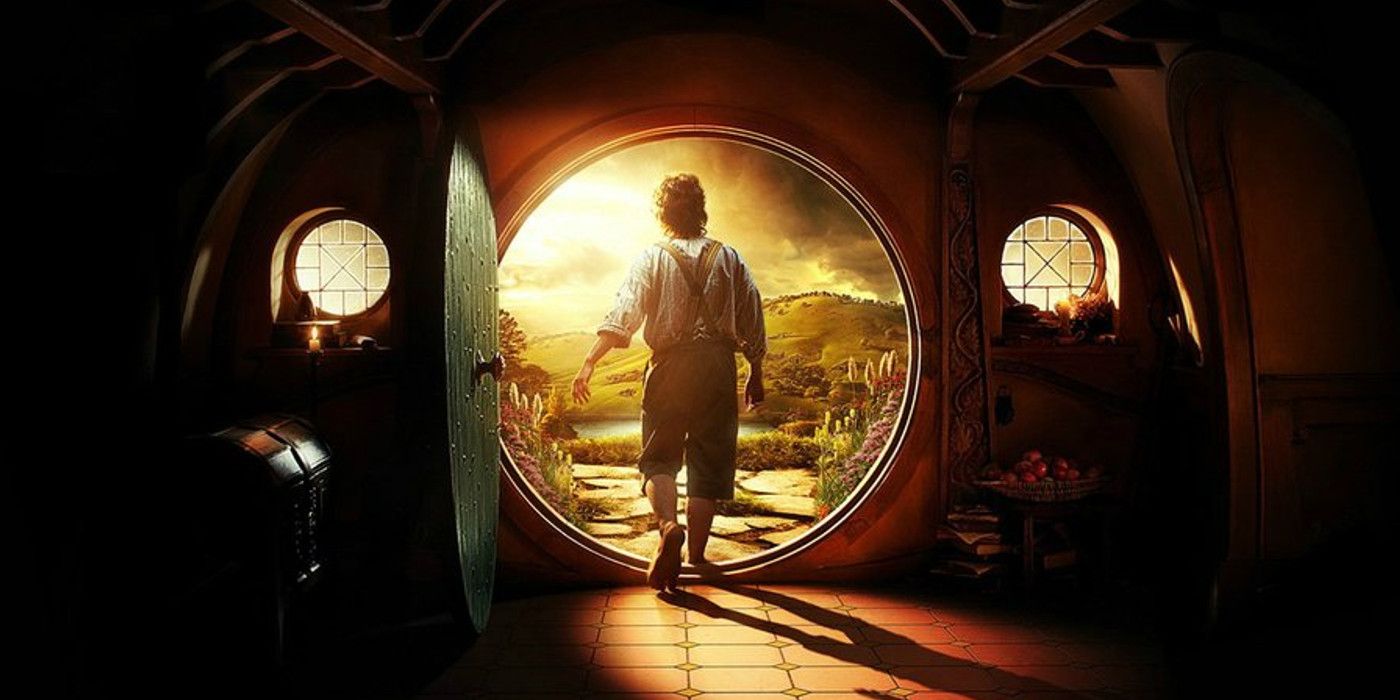J.R.R. Tolkien's enchanting prequel to The Lord of the Rings is a beloved fantasy classic enjoyed the world over. A charming blend of fairytale and epic, The Hobbit is a book that's helped shape the fantasy genre and inspire other creators to set out on their own quests and adventures, including the likes of Peter Jackson.
Jackson's adaptation of Bilbo Baggins and his unexpected journey to the Misty Mountains might have taken a few artistic liberties with its presentation, but there are plenty of moments in the tale that are pulled right from the pages of the book. They may be partially embellished, but they're most certainly moments readers will recognize.
The Dialogue
The first thing most Tolkien scholars will notice about both series from Middle-Earth is that both adaptations possess the author's gift for language. Tolkien was a very skilled linguist and lecturer, and his writing reflects that in spades, so the script had to as well.
Although some casual fans might consider the archaic manner of speaking a bit over-the-top, there are too many instances in the films to count where the exchanges come directly from the pages of the book. Even the way Bilbo and Gandalf say good morning is nearly word-for-word.
The Songs
On one hand, those familiar with the book will notice that many of the songs and verses featured in the text were cut from the trilogy. But on the other, those that were kept in the final cuts did serve to further the plot and establish personality for the characters and the world around them.
"Far Over Misty Mountains Cold" and "What Bilbo Baggins Hates" were both highlights of An Unexpected Journey, and were more than likely a pleasant surprise for many fans. The music is a great way to establish world-building, and it's moments like these that keep the series from retreading material from Lord of The Rings.
The Humor
Another feature that separates The Hobbit from the rest of Middle-Earth is its sense of humor. The book is loaded to the brim with jokes, riddles, and witticisms that would make even the strong and stern-faced Thorin Oakenshield crack a smile.
Bilbo, the Dwarves, and Gandalf are all sources of plenty of lighthearted moments that keep the story from getting too serious. Its moments like the dinner in Bilbo's kitchen and rolling down the river in barrels that keep the quest an amusing adventure instead of a perilous mission.
Gollum's Appetite
Gollum is not one of the most lovable creatures in the world, and he doesn't need much help to establish that fact. But while there might be those that consider the bit where he stones a fallen goblin to death a bit overkill, it's actually a reference to a passage from the novel.
There's a detailed section in the original text describing Gollum's grotesque eating habits, including the blind fish that live in the subterranean lake and any wandering goblin that might come sneaking in. It's a great example of showing Gollum's vicious appetites instead of having him tell Bilbo and/or the viewers.
Beorn
The Hobbit trilogy gets a lot of flack for being overinflated and needlessly long. While there were plenty of moments added in from sources like The Simarillion, there is one impressive character that made a lengthy appearance in the original story, Beorn.
The werebear Northman who guards the pass between Murkwood and the Misty Mountains might feel like an add-on to inflate the plot, but their time with Beorn is actually much shorter than it is in the book. The characters actually spend weeks with him before leading on with their quest and seeing him again at the Battle of Five Armies.
The Thunder Battle
The scene with the storm being created by dueling rock monsters might appear to be an artistic interpretation of a fearsome thundershower, this is a scene directly referenced in the text. However, there's one major difference between Jackson's and Tolkien's is the species of the giants.
The book describes the event as not just a thunderstorm but a "thunder battle" being had by stone giants hurling rocks at one another like a game. While Jackson's giants look more like golems or elementals, he's not wrong in the inclusion of this action-packed scene.
The Necromancer
Since The Hobbit is literally the prequel to The Fellowship of the Ring, it's understandable that some bits and bobs connecting the two series together, other than the One Ring, would be required. But while the idea that Sauron was involved even before the events of the War of the Ring began might sound like a bit of a stretch to some, it wasn't to the readers.
The events concerning the Necromancer and the ruins of the fortress did, in fact, happen while the dwarves were journeying to the mountains. The only difference is that Gandalf makes the reveal, not Radagast.
Dragon Sickness
One of the biggest messages about the book was its allegory for greed. The "Dragon Sickness" that affects both Smaug and Thorin is one of the biggest themes that resonates through the final installment of the series, and Jackson handles it surprisingly smoothly.
It would be so easy to have Thorin get power-hungry with the reacquisition of his throne, but his greed for the dragon's hoard is as fiery and dangerous as Smaug himself. More than likely, this was even used as clever foreshadowing to other character's desire for the One Ring.
Bilbo Baggins
Of course, there wouldn't be a Hobbit movie without Mr. Bilbo Baggins himself, and Martin Freeman gives a stellar performance as the hobbit turned burglar. While he might take a few liberties here and there with his portrayal, there are moments where he truly becomes the Bilbo directly from the book.
From his first appearance on his porch to his return to Bag-End, Freeman's Bilbo captures nearly every quality that made him such a beloved literary character. It was an excellent blend of performance and presentation that truly brought the character off the page and onto the screen.
Separating It From LOTR
The biggest thing that could have been done in The Hobbit series' favor was to keep it separate from The Lord of the Rings. Not just because it was a prequel to a larger story, but because it was different in tone and delivery as well. Just as the novel was a fairytale Tolkien wrote for his children and his trilogy his war epic, so were the movies treated the same way.
The color palette, the tone, the performances, and the presentation are all entirely different from Jackson's earlier series. It feels more like a colorful adventure than a war over the fate of Middle-Earth, which is exactly what those who read the book wanted when they first opened the pages.

